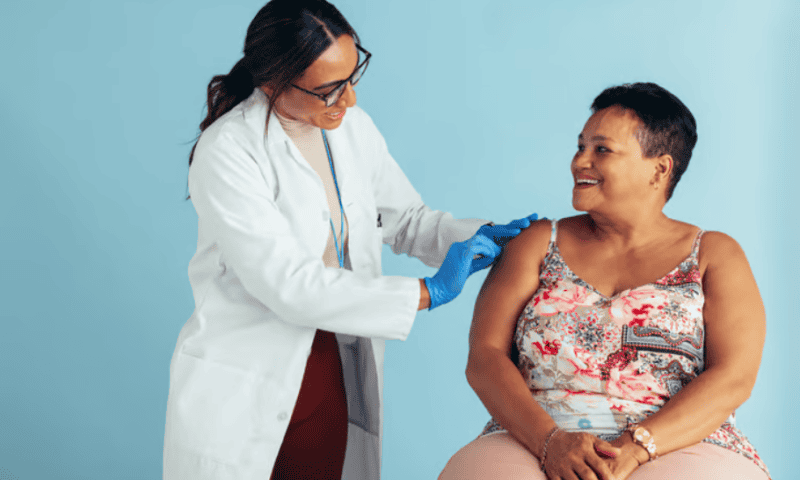A $30 million, two-year pilot program from the National Institutes of Health (NIH) will set up clinical research at primary care facilities in communities with underserved patient populations. The goal is to eventually give them the means to conduct research projects on issues unique to these patients.
Communities Advancing Research Equity for Health, or CARE for Health, was launched June 6. The program’s first sites will be in rural communities and will work with established clinical research networks funded by the NIH to set up on-site research capabilities. The agency will also collaborate with organizations that serve rural communities to get the program started. Funding awards for these partners will be handed down in fall 2024, a press release from the NIH said.
“To better understand relationships between the genes we inherit and the environmental and societal factors that surround us and to deliver more evidence-driven healthcare, research must be integrated into clinical care and community settings, reaching patients from all walks of life,” Monica Bertagnolli, M.D., director of the NIH, wrote in an editorial in Science.
“Unlike most research settings, primary care is patient- and community-centered and emphasizes health maintenance and preventive care alongside treatment and rehabilitation in a location as convenient as possible for the patient,” Bertagnolli said.
Blending primary care with clinical research creates a system in which “research informs clinical practice and clinical data informs research,” Tara Schwetz, Ph.D., NIH deputy director for program coordination, planning and strategic initiatives, said in the press release. Program sites will select their own studies from a menu of options rather than have them handed down to them by central researchers, so they can choose those that apply most to issues faced by their communities. Eventually, primary care providers and communities will work together to design their own so they can address their unique healthcare needs.
The network’s research studies will include topics like disease prevention as well as trials on making healthcare delivery more efficient, Bertagnolli wrote. In addition to assistance from the NIH’s existing research networks, primary care providers will receive funding and study designs that integrate research into care workflows and make study data collection part of electronic health records.
“The initiative will support [primary care providers] in the way that they need to meet the goals of the research they choose to participate in,” Renate Myles, acting director for communications and public liaison for the NIH, told Fierce Biotech Research in an email.
The program is part of a broader strategy to improve access to healthcare for people on the outskirts of the medical system as well as to open up clinical research to historically underrepresented racial and social groups. Better access and research participation is badly needed in rural areas, which have fewer providers—particularly specialists—but more residents who are elderly, poor or uninsured than urban ones. They’re also sicker: Rural areas suffer from greater medical burdens in virtually every category, from maternal health to mental illness.
These challenges are compounded for Black, Indigenous and Hispanic or Latinx populations, who, on account of racism, face unique barriers to quality healthcare on top of broader issues. Some of these populations suffer from higher death rates than people of the same ethnicity in urban areas, an analysis published by Penn State in early 2024 found.
Clinical drug trials have made their way into community settings, too, with pharma giants like Eli Lilly extolling the value of decentralized designs that meet patients where they are rather than requiring them to go to a single site at an academic research center. That’s also true for recruitment efforts: Trial sponsors are traveling to less-than-traditional places, like barber shops, to meet patients out in the community.
“Clinical trials should reflect the diversity of Americans—because we know that delivers the best results,” Xavier Becerra, U.S. secretary of the Department of Health and Human Services, said in the press release about CARE for Health. “We are taking a big step towards ensuring communities that are historically underrepresented in clinical research are fully included and have the same access to the best available results and analysis. There has never been more potential for progress than we have today.”

